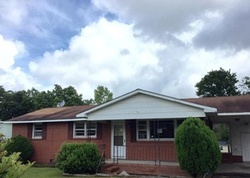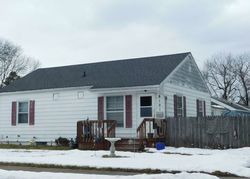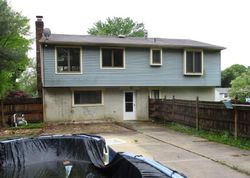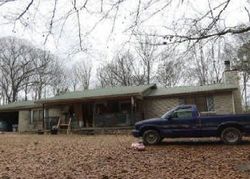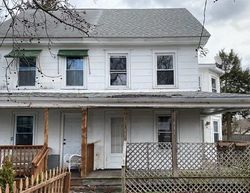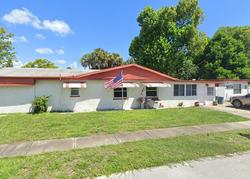In Durham last Thursday the community leaders sat at a roundtable conference to discuss the foreclosure crisis. During the first five months of 2008 there have been 729 foreclosures in Durham alone.
Of the many families suffering foreclosure, Tony and Mary Garrett is one such couple. Garrett opines that basically one must understand that the mortgage companies are financial bodies that want money and not the house; they give priority of cash over property. Monthly payments are of prime importance to them. About two years ago the Garretts took a sub-prime mortgage on their house. Within months of taking the loan the monthly payments spiked. It became a tough time for the couple. Their relationship came to be strained. They kept up with a brave face going through the motions of routine everyday life – cooking, eating, sleeping and moving about. Finally they contacted the Durham Regional Community Development Group for advice. The agency instructed them about the rights of borrowers, opened communications with the lenders and laid out a plan for payment. Not rest content at that, the organization even financed the house for a lesser interest rate. The Garrets said that the most difficult first step was to make up the mind and contact the counselor. It was like sharing the struggle with others. It was a very sensitive issue – letting outsiders known about personal problems. The crux of the problem is contacting the lenders as soon as possible. Time is a very important factor.
From 19th July the local leaders are planning a workshop from 11 am to 2 pm at the Education centre on North Carolina Central University campus. The participants will include leaders, counselors, building developers as well as investors. It will be a question and answer session to address the growing foreclosure problem.
The trouble started with the sub-prime mortgages. It was originally introduced to make available housing loans to the weaker sections of society that could not avail of prime mortgages. But in due course the whole exercise became futile with predatory lenders targeting the minorities and seniors to take these loans. Initially money began to flow that led to frenetic housing activity. But when the low interest and no-principal repayment years were over and monthly payments began to double and sometimes treble, the borrowers fell into foreclosure. Steps were taken to bring down the rate of interest but by that time the real estate market had been badly mauled. The value of the house fell below the loan amount. It became a no-go situation.



